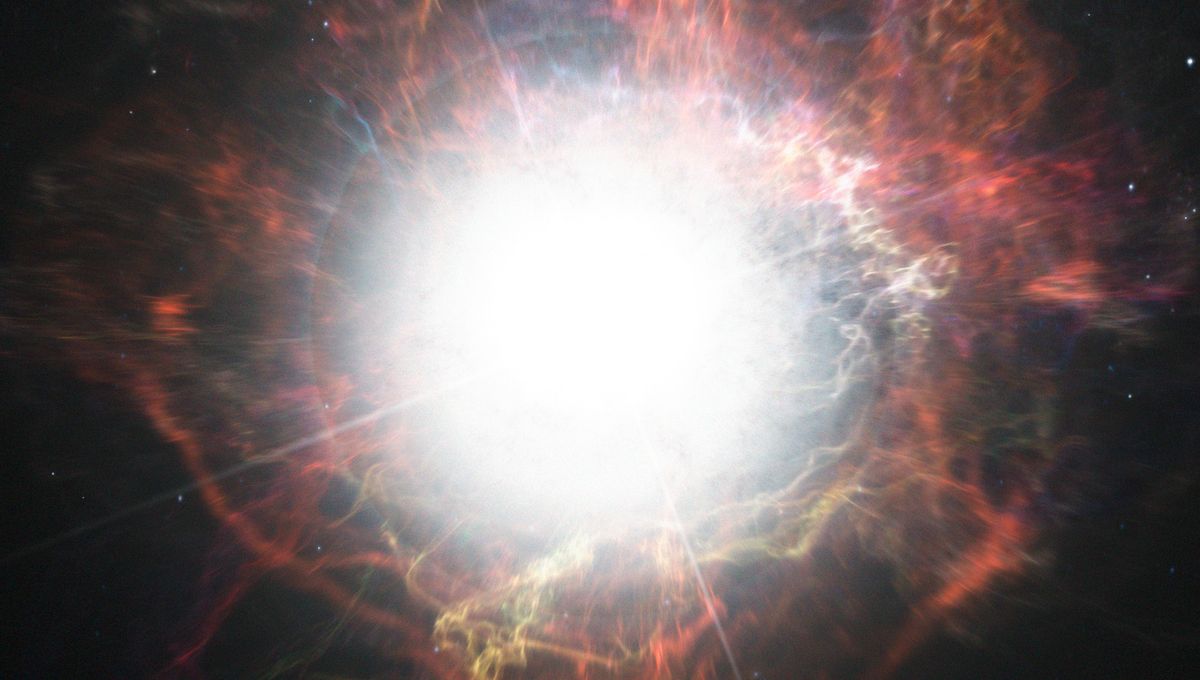
It’s rare to catch a supernova as it explodes, and it is even rarer to see stars just going boom. This has nothing to do with astronomers’ abilities, and more to do with the fact that we don’t really know when a star will go supernova – and there are a lot of stars out there. But thanks to new surveys some stars are being studied in the years before their final demise, and researchers report now the discovery of a star that exploded months after it has been studied.
The supernova in question is called SN 2023fyq. Data on its progenitor was collected 150 days before the supernova took place. This was not because the researchers thought it would end soon, but because it was acting a bit strange – it was considered a low-luminosity transient. Its light was changing but not in the dramatic fashion of a nova or supernova.
It was an object of interest and was followed many times since changes in luminosity were spotted, and it kept increasing until the whole star went kaboom. The event was a core-collapse supernova (CCSN), the final fate of very massive stars running out of nuclear fuel in their core. But their demise is not without warning in the preceding weeks.
“The observed luminosity increases exponentially during this time, while the object maintained an almost constant photospheric radius,” the authors wrote in the paper, which is awaiting peer review. “These observations of SN 2023fyq and the final moments of the progenitor, highlight that the progenitors to CCSNe can undergo some extreme instabilities shortly before their final demise.”
The event took place in spiral galaxy NGC 4388 which is in the relatively nearby Virgo Cluster. While there are uncertainties on the exact distance of this galaxy ( around 56.7 million light-years away), its relative closeness makes it a good place to catch such a progenitor before it explodes.
This discovery is important for our understanding of what we expect from stars going supernova. The star that became SN 2023fyq did not calmly exist and then suddenly explode: It was undergoing changes leading up to the supernova.
“Progenitor analysis typically occurs after the star has been destroyed, by searching through archival images, and measuring the photometric properties of the assumed progenitor. Although this area of transient astronomy is in its infancy, the repercussions of detecting precursor activity are immense, highlighting that the progenitor is not in a equilibrium state, and may not be represented well by standard stellar evolutionary models. SN 2023fyq and similar transients, highlight that the pre-SN appearance of the progenitor is non-trivial, and without careful consideration, may produce misleading results in supernova progenitor studies,” the authors concluded.
A paper reporting the findings has been submitted to the journal Astronomy & Astrophysics and it is available on the ArXiv.
[H/T Universe Today]
Source Link: In Rare Last-Minute Sighting, Star Studied Just 150 Days Before Going Supernova